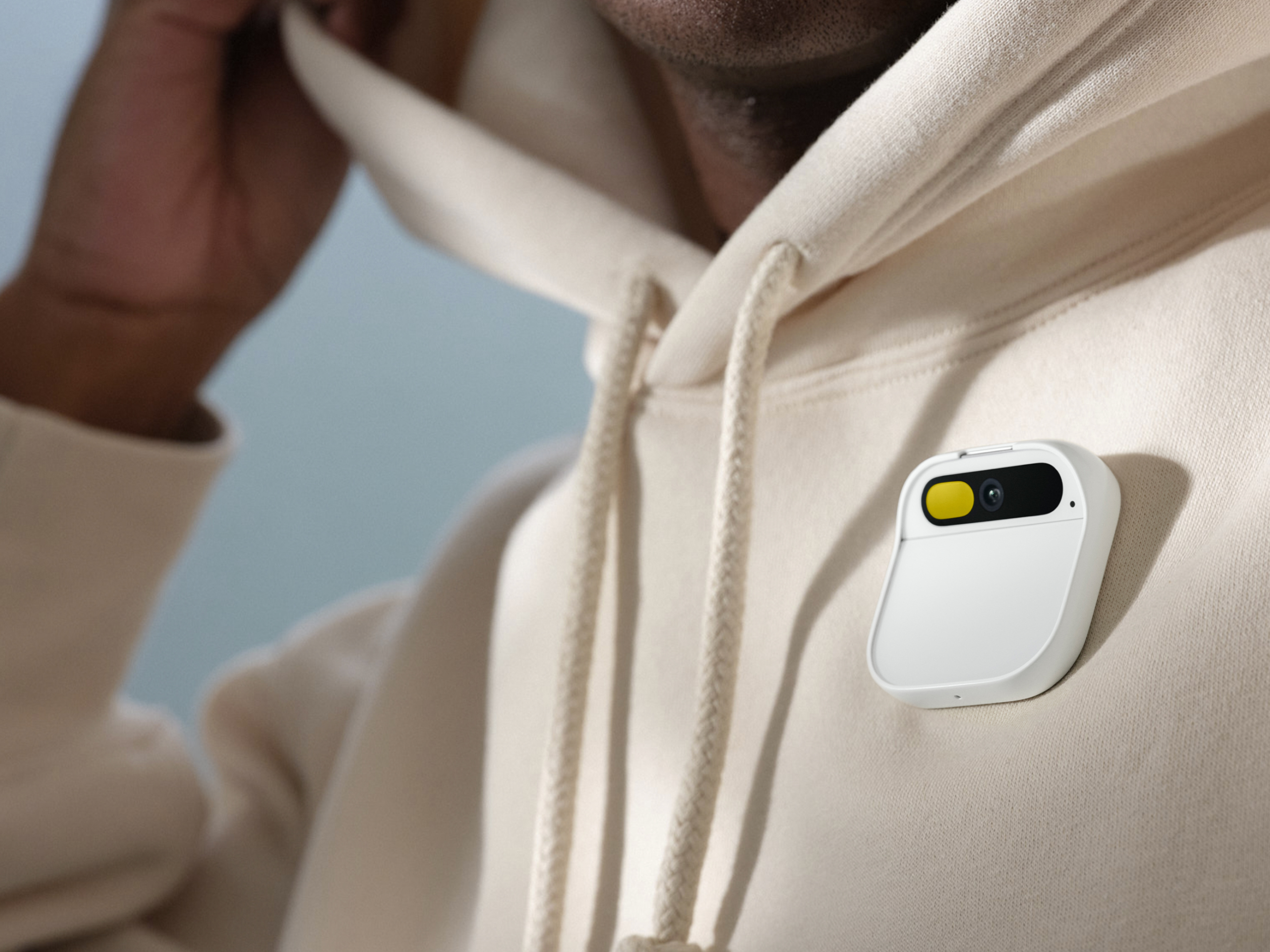The biggest technology failures of 2023
Plastic proliferation
Plastic is great. It’s strong, it’s light, and it can be pressed into just about any shape: lawn chairs, bobbleheads, bags, tires, or thread.
The problem is there’s too much of it, as Doug Main reported in MIT Technology Review this year. Humans make 430 million tons of plastic a year (significantly more than the weight of all people combined), but only 9% gets recycled. The rest ends up in landfills and, increasingly, in the environment. Not only does the average whale have kilograms of the stuff in its belly, but tiny bits of “microplastic” have been found in soft drinks, plankton, and human bloodstreams, and even floating in the air. The health effects of spreading microplastic pollution have barely been studied.
Awareness of the planetary scourge is growing, and some are calling for a “plastics treaty” to help stop the pollution. It’s going to be a hard sell. That’s because plastic is so cheap and useful. Yet researchers say the best way to cut plastic waste is not to make it in the first place.
More: Think your plastic is being recycled? Think again (MIT Technology Review), Oh Good, Hurricanes Are Now Made of Microplastics (Wired)
Humane Ai Pin
The New York Times declared it Silicon Valley’s “Big, Bold Sci-Fi Bet” for what comes after the smartphone. The product? A plastic badge called the Ai Pin, with a camera, chips, and sensors.
HUMANE
A device to wean us off our phone addiction is a worthy goal, but this blocky $699 pin (which also requires a $24-a-month subscription) isn’t it. An early review called the device, developed by startup Humane Ai, “equal parts magic and awkward.” Emphasis on the awkward. Users must use voice commands to send messages or chat with an AI (a laser projector in the pin will also display information on your hand). It weighs as much as a golf ball, so you probably won’t be attaching it to a T-shirt.
It is the creation of a husband-and-wife team of former Apple executives, Bethany Bongiorno and Imran Chaudhri, who were led to their product idea with the guidance of a Buddhist monk named Brother Spirit, spending $225 million and filing 55 patents along the way.
Clearly, there’s a lot of thought, money, and engineering involved in its creation. But as The Verge’s wearables reviewer Victoria Song points out, “it flouts the chief rule of good wearable design: you have to want to wear the damn thing.” As it is, the Ai Pin is neat, but it’s still no competition for the lure of a screen.
Plastic proliferation
Plastic is great. It’s strong, it’s light, and it can be pressed into just about any shape: lawn chairs, bobbleheads, bags, tires, or thread.
The problem is there’s too much of it, as Doug Main reported in MIT Technology Review this year. Humans make 430 million tons of plastic a year (significantly more than the weight of all people combined), but only 9% gets recycled. The rest ends up in landfills and, increasingly, in the environment. Not only does the average whale have kilograms of the stuff in its belly, but tiny bits of “microplastic” have been found in soft drinks, plankton, and human bloodstreams, and even floating in the air. The health effects of spreading microplastic pollution have barely been studied.
Awareness of the planetary scourge is growing, and some are calling for a “plastics treaty” to help stop the pollution. It’s going to be a hard sell. That’s because plastic is so cheap and useful. Yet researchers say the best way to cut plastic waste is not to make it in the first place.
More: Think your plastic is being recycled? Think again (MIT Technology Review), Oh Good, Hurricanes Are Now Made of Microplastics (Wired)
Humane Ai Pin
The New York Times declared it Silicon Valley’s “Big, Bold Sci-Fi Bet” for what comes after the smartphone. The product? A plastic badge called the Ai Pin, with a camera, chips, and sensors.

HUMANE
A device to wean us off our phone addiction is a worthy goal, but this blocky $699 pin (which also requires a $24-a-month subscription) isn’t it. An early review called the device, developed by startup Humane Ai, “equal parts magic and awkward.” Emphasis on the awkward. Users must use voice commands to send messages or chat with an AI (a laser projector in the pin will also display information on your hand). It weighs as much as a golf ball, so you probably won’t be attaching it to a T-shirt.
It is the creation of a husband-and-wife team of former Apple executives, Bethany Bongiorno and Imran Chaudhri, who were led to their product idea with the guidance of a Buddhist monk named Brother Spirit, spending $225 million and filing 55 patents along the way.
Clearly, there’s a lot of thought, money, and engineering involved in its creation. But as The Verge’s wearables reviewer Victoria Song points out, “it flouts the chief rule of good wearable design: you have to want to wear the damn thing.” As it is, the Ai Pin is neat, but it’s still no competition for the lure of a screen.
